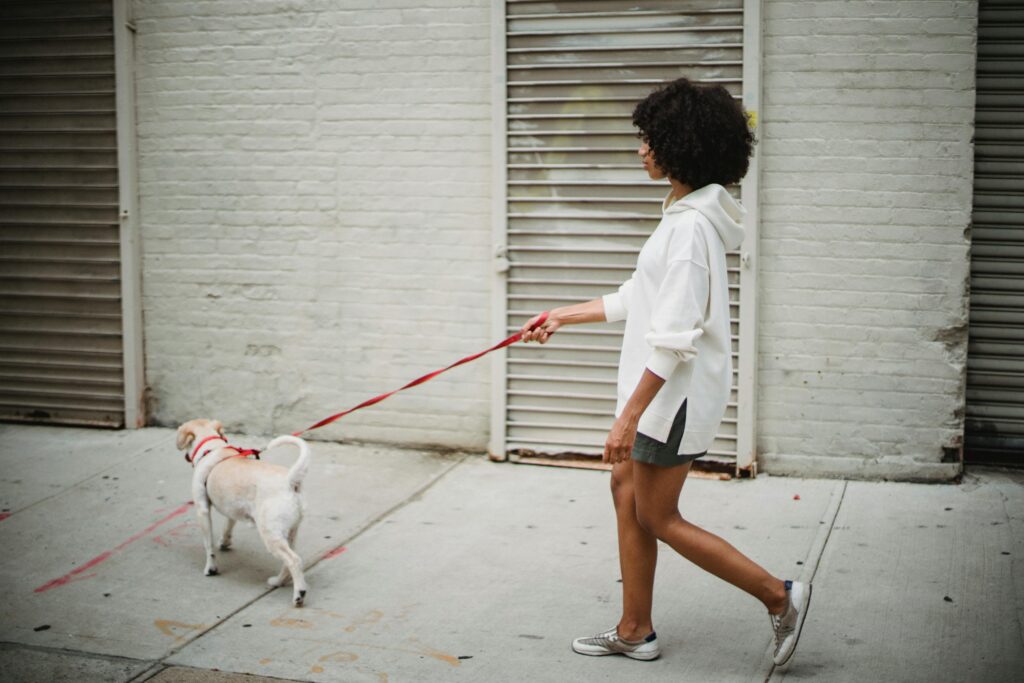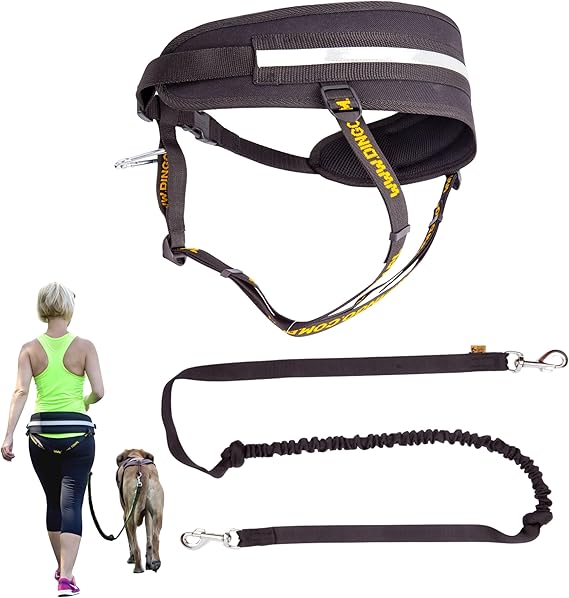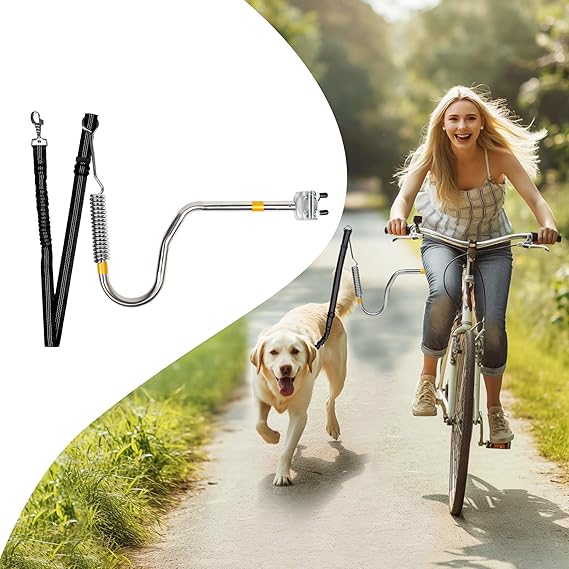What Is a Body Leash for Small Dogs and Why It Matters
Have you seen your small dog cough or choke when wearing a collar? Some dogs pull and get hurt. A body leash for small dogs helps avoid that. This guide will explain what a body leash is, why it’s great for little dogs, and how to use it properly.

Understanding the Basics of a Body Leash for Small Dogs
A body leash is also called a harness. It wraps around your dog’s body, not the neck. It usually goes around the chest and back. This way, it spreads pressure evenly and keeps the neck safe.
Types of Body Leash for Small Dogs
Step-in Harness: Your dog steps into it and you buckle it on top.
Overhead Harness: You slip it over your dog’s head and buckle it under the belly.
Vest-Style Harness: Soft and padded, great for dogs with sensitive skin.
Each one has pros and cons. Step-ins are easy to use. Vests are extra comfy. Overhead ones are very secure.
Why Small Dogs Need a Body Leash
Tiny breeds like Chihuahuas or Yorkies have delicate bodies. Pulling on a collar can hurt their throat, back, or neck.
Benefits of Using a Body Leash for Small Dogs
Body leashes can help prevent:
- Breathing problems like tracheal collapse
- Choking from strong tugs
- Spine injuries from too much pressure on the neck
They also give you more control and help with training. That’s why many vets and trainers recommend them.
Choosing the Right Body Leash for Your Small Dog
Body Leash Styles and Clip Placement
There are three main clip types:
- Back-clip: Good for calm dogs
- Front-clip: Great for dogs that pull
- Dual-clip: Offers both options for flexibility
Choose based on your dog’s behavior and walking style.
Best Materials and Comfort Features in a Body Leash
Pick what’s best for your dog and weather:
- Mesh: Good for hot weather
- Padded nylon: Strong and comfy
- Reflective strips: Help during night walks
- Adjustable straps: Help you get a good fit
Also look for:
- Easy-to-use buckles
- Handles on top for control
- Soft lining to avoid skin rubbing
How to Measure for a Body Leash for Small Dogs
How to measure a perfect length of leash Use a measuring.
- Measure chest behind front legs
- Measure around the neck
The harness should be snug, but not tight. You should be able to slip two fingers between the harness and your dog’s body.
How to Fit and Use a Body Leash for Small Dogs Safely
Step-by-Step Guide to Fitting a Body Leash for Small Dogs
- Let your dog sniff and get used to the harness.
- Put it on over the head or by stepping in.
- Buckle and adjust all straps.
- Clip the leash in the right spot.
Give treats to keep the experience fun.
Safety Checks Before Walking with a Body Leash
- Check for loose straps or damage
- Make sure it’s not too tight or too loose
- Double check the leash clip is secure
Do this before every walk to keep your dog safe
Training Your Dog to Walk with a Body Leash
Start slow:
- Use the harness indoors first
- Give treats and praise
- Try short, calm walks
Make sure your dog feels comfortable. If your dog pulls, stop walking and wait. Reward good walking behavior.
Practice daily. Use basic commands like “walk” or “heel.”
Mistakes to Avoid When Using a Body Leash for Small Dogs
- Using a collar and harness together
- Not checking the fit regularly
- Leaving the harness on all day
- Using retractable leashes that teach bad habits
- Not replacing old or damaged harnesses
Avoid these to keep your walks safe and easy.
Special Leash Options That Work with Body Leash for Small Dogs

Waist Dog Leash for Small Dogs
These clip to your waist and let you walk hands-free. Great for jogging or busy walks.
Look for:
- Soft waistbands
- Stretchy cords to stop sudden pulls
- Quick-release safety clips

Dog Bike Leash for Small Dogs
These let your dog run beside your bike safely.
Tips:
- Practice first in a quiet place
- Go slow and take breaks
- Always use a harness, not a collar
Cleaning and Replacing a Body Leash for Small Dogs
How to Clean a Body Leash for Small Dogs
- Hand wash with soap and water
- Let it dry completely
- Some are machine washable on gentle cycles
When to Replace a Body Leash
- Buckles don’t work
- Straps are loose or frayed
- Your dog looks uncomfortable
- Check your harness once a month to be safe.
FAQs About Body Leash for Small Dogs
Is a body leash for small dogs better than a collar?
Yes. It protects the neck, prevents choking, and makes walks safer.
Can I use a waist dog leash or dog bike leash with a body harness?
Yes. Most harnesses work with both. Just make sure it fits well and is secure.
How do I know if my dog is comfy in the harness?
If your dog walks normally, wags their tail, and doesn’t try to take it off, they’re happy. If they scratch at it or freeze, it might not fit right.
What age can I start using a harness?
You can start at 8 weeks, as long as the harness fits. Start slow and be gentle.
Final Thoughts on Using a Body Leash for Small Dogs
A body leash for small dogs is a smart choice. It keeps your dog safe, helps with training, and makes walks more fun. With the right fit and features, you’ll enjoy stress-free walks every day.
Still not sure what to get? Ask your vet or try a few types. The best leash is one that fits well and makes your dog feel good.
Want more tips or product picks? Check out our top harness choices and beginner-friendly guides. Your dog’s comfort and safety come first!

